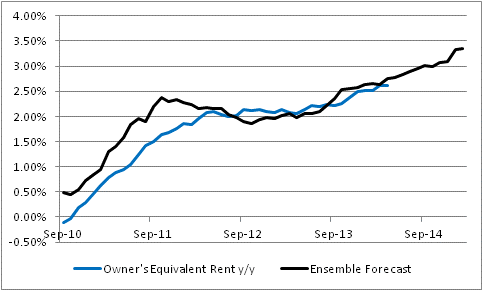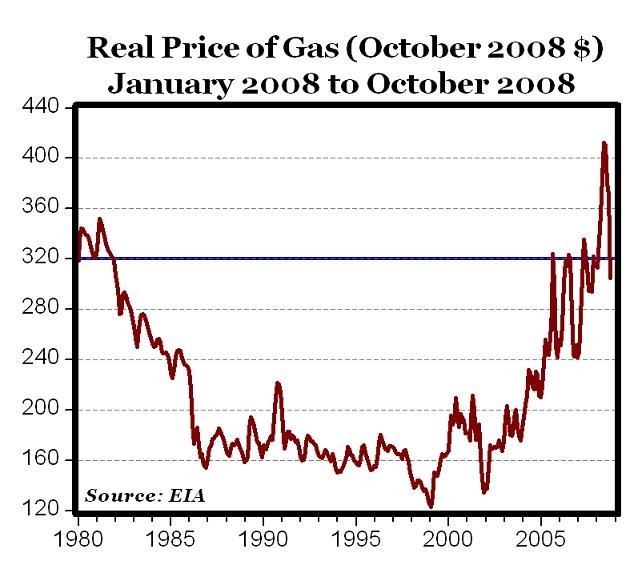Investing for Inflation (and Deflation) The Source
Post on: 15 Июнь, 2015 No Comment

- Commentary
By Alen Mattich
Investors on both sides of the Atlantic are nervously vacillating between worrying about rampant inflation and Japanese-style deflation.
What they want is some way to protect themselves against both extremes. The question is: how?
The latest Credit Suisse Global Investment Returns Yearbook. produced by London Business School academics Elroy Dimson, Paul Marsh and Mike Staunton offers some useful insights from history. Much of their work is based on an analysis of investment returns from 19 major developed countries, stretching back to 1900, though they also offer some shorter-run insights from a broader range of countries that include many emerging markets.
They offer up a few surprising conclusions, not least that equities dont fare particularly well in periods of high inflation.
Average real annual equity returns when inflation is running at 18% or more, about 5% of the time in their broad sample, were negative 12%. With inflation of between 8% and 18%, which happened 15% of the time, equity returns were a mere 1.8%.
In other words, equities barely made gains or suffered outright losses when consumer prices were racing away, which was a fifth of the sample period. Indeed, equities performed best when inflation was below 2%, including during periods of deflation, when annual real returns were around 11%.
Bonds obviously also do badly during periods of high inflation, indeed, considerably worse than equities, registering a 23% loss when inflation was 18% or above. But they also outperform during periods of severe deflation, registering 20% real return against 11% for equities when deflation was 26% or more (5% of the sample).

So whats a good inflation hedge then? Well, its hard to beat index-linked bonds. Or it was hard to beat index-linked bonds. These days they offer a real yield of zero or slightly less.
Gold is another option. Since 1900, gold gave an average 1.1% real annual return for U.K. investors. On average, gold performed positively during periods of inflation and modest deflation and performed well in severe deflations.
Not bad. But it came with a substantial cost.
One, it doesnt yield anything, all those gains came in price performance. Two, it came at the expense of considerable market volatility. Overall, bonds and bills did worst with inflation and best with deflation. Equities werent much of an inflation hedge, though housing and gold largely kept pace with inflation. The only surefire inflation hedge is index-lined bonds.
Though with these, theres the risk of government default.
In terms of outright performance, equities delivered by far the biggest real annualized returns, 5.4% against 1.7% for bonds and about 1% for bills and housing. But this return came only because investors were willing to accept substantial risks.
The standard deviation for equities was nearly 18%. They may not have been much of an inflation hedge and they demand strong stomachs from investors, but equities were the best way to invest over the very long run. Whether they continue to be over the next century is another question entirely.
Xstrata / Glencore: Another Shareholder to Oppose Deal next














